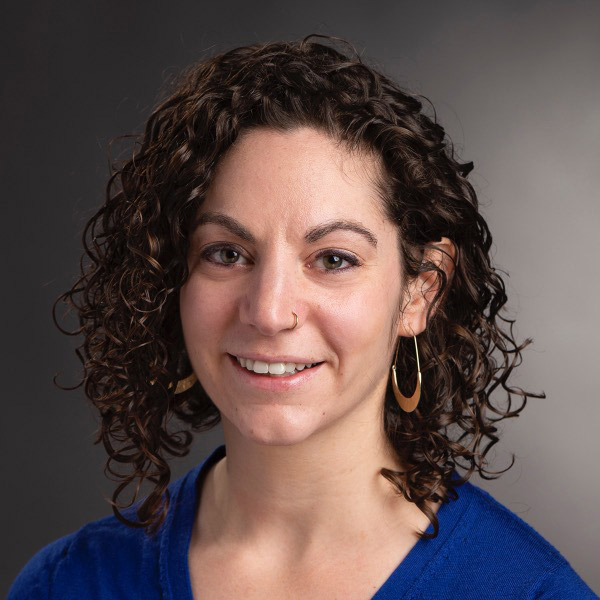Grace Weinstien

Grace is a mental health therapist at Counseling and Psychological Services, where she provides individual and group therapy as well as supervision of training therapists. Her areas of interest include identity, gender and sexuality, and group dynamics.
- HOW DO YOU TEACH OR EXEMPLIFY APPLIED CRITICAL THINKING?
At the most basic level, I see my role with my clients as a therapist is to help them be curious about themselves. As a therapist and supervisor, I am helping students look at what they believe, what they know about themselves and the world, where they developed these ideas, how these ideas serve them, and how they might try on new ideas and behaviors.
- WHY DO YOU THINK APPLIED CRITICAL THINKING IS IMPORTANT IN YOUR DOMAIN OR ROLE?
My approach to therapy and supervision is fundamentally about helping the people I work with question what is happening, be curious, and experiment. Therapy is a lot about fostering self-awareness- critical thinking about ourselves, our behavior, and our beliefs is a key tool in its development.
- CAN YOU SHARE A STORY WHERE QUALITY APPLIED CRITICAL THINKING WAS KEY TO YOUR SUCCESS?
This is less a specific story, but an amalgam of multiple incidents that have happened over time in my therapy groups, which I describe as a laboratory to try out new ways of behaving and examining our feelings. Frequently, a group member will express a belief about a feeling or experience, i.e. “I’m feeling angry, and that makes me a bad person” or “this way I was violated is my fault- I was asking for it, wasn’t prepared enough, and deserved it.” Watching the group help people question where these ideas come from (family, culture), share their different viewpoints, and offer support is a deeply meaningful way to help people start to let go of harmful and painful beliefs about themselves and others. In my experience, this is much more transformative than only explaining to someone why those ideas might be harmful to them (though that certainly has its place).
- HOW DO YOU USE CRITICAL THINKING IN OTHER AREAS OF YOUR LIFE OUTSIDE OF RIT?
Given that my work at RIT focuses on relationships, I would say my answer is similar to how I use critical thinking in my role. I am always working to develop self-awareness, question if my behaviors align with my values, get feedback from people I’m in relationships with. I have also been working to learn about and question the specific messages I have inherited about race and gender and how that influences the way I interact with the world around me. I work to question my biases and get comfortable with being wrong.